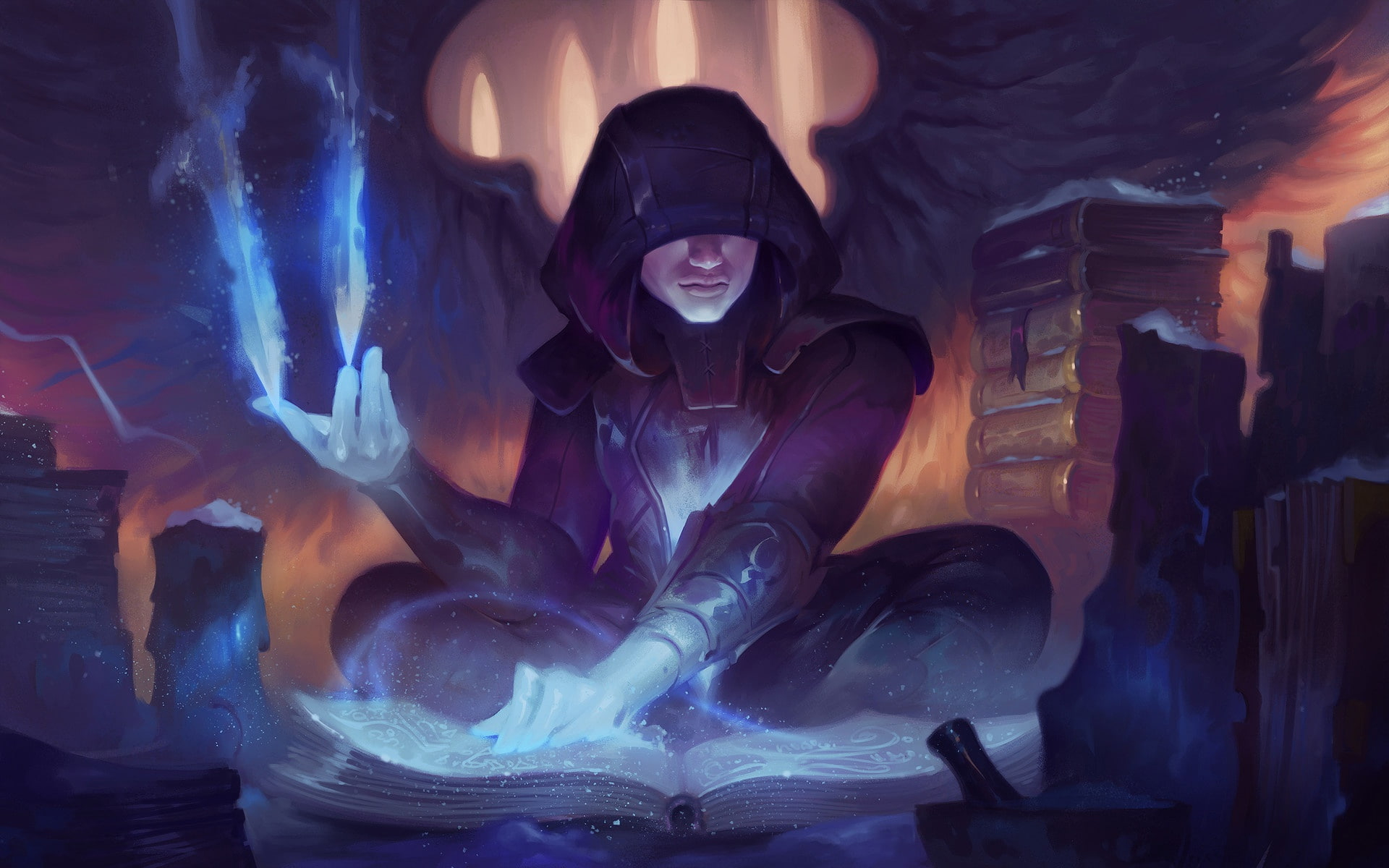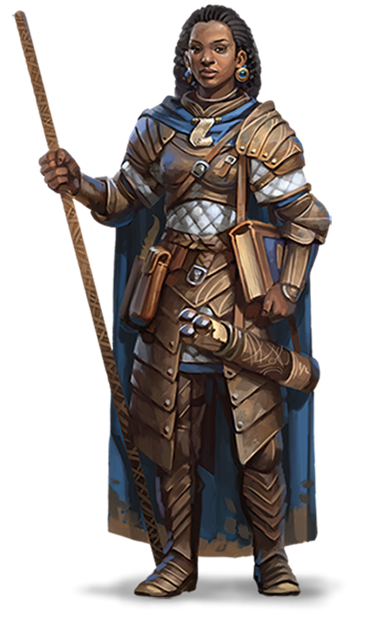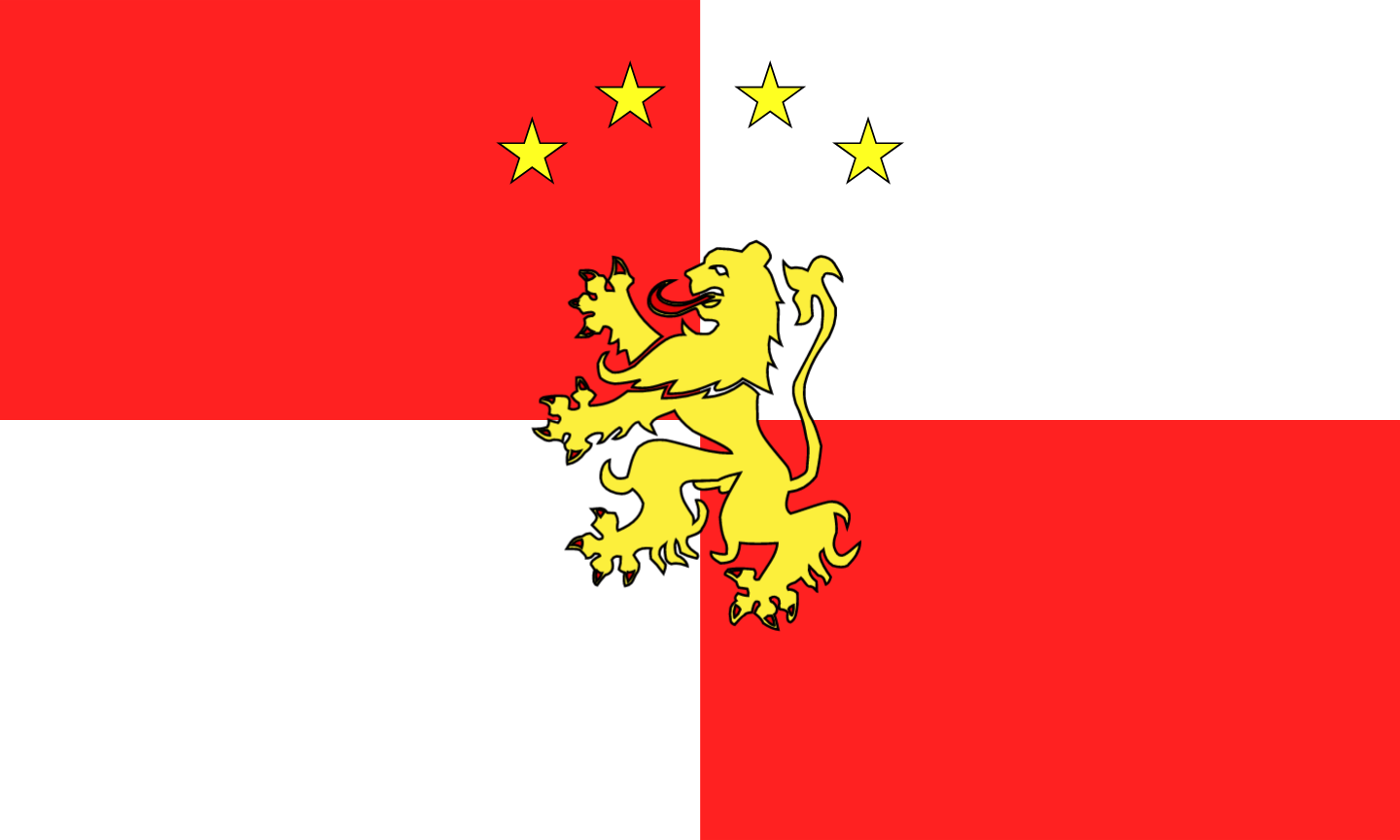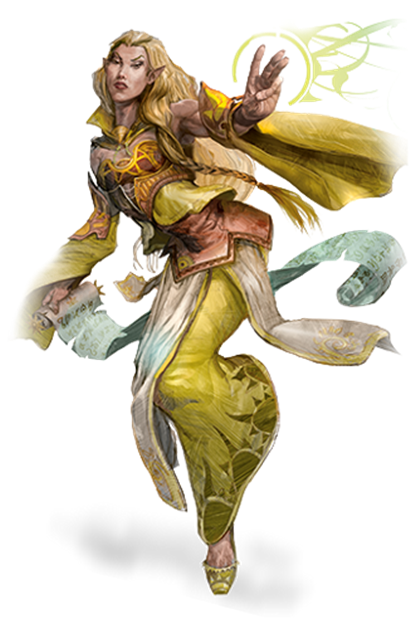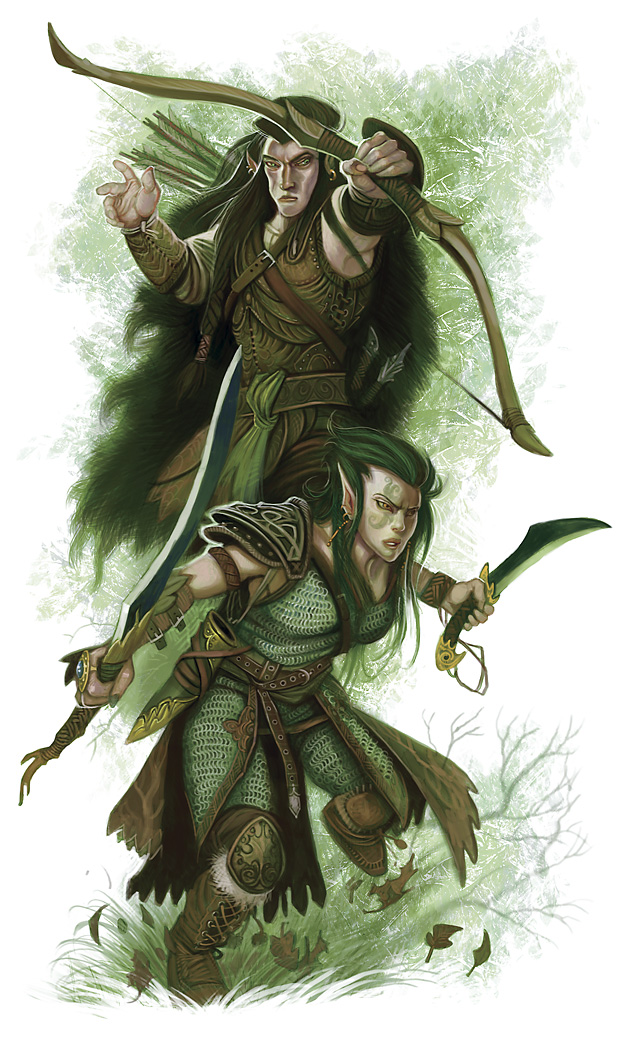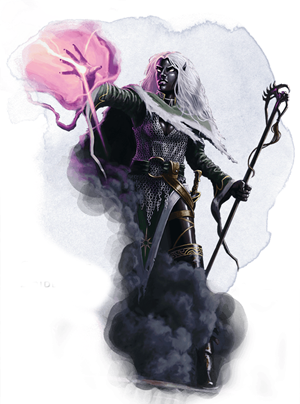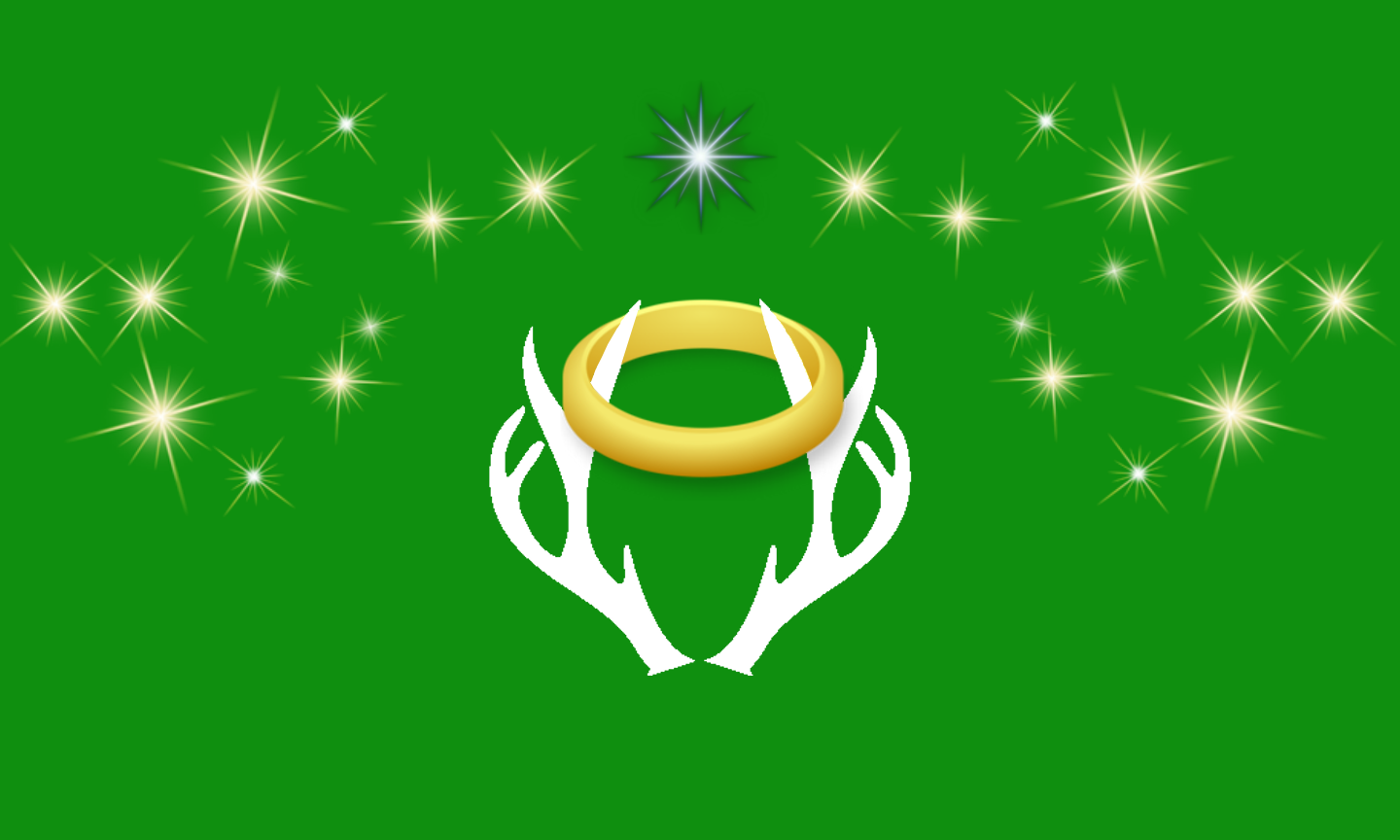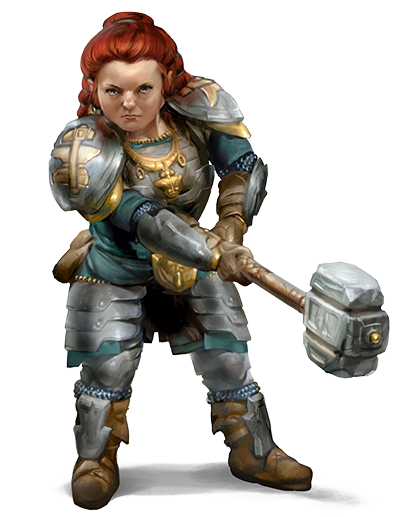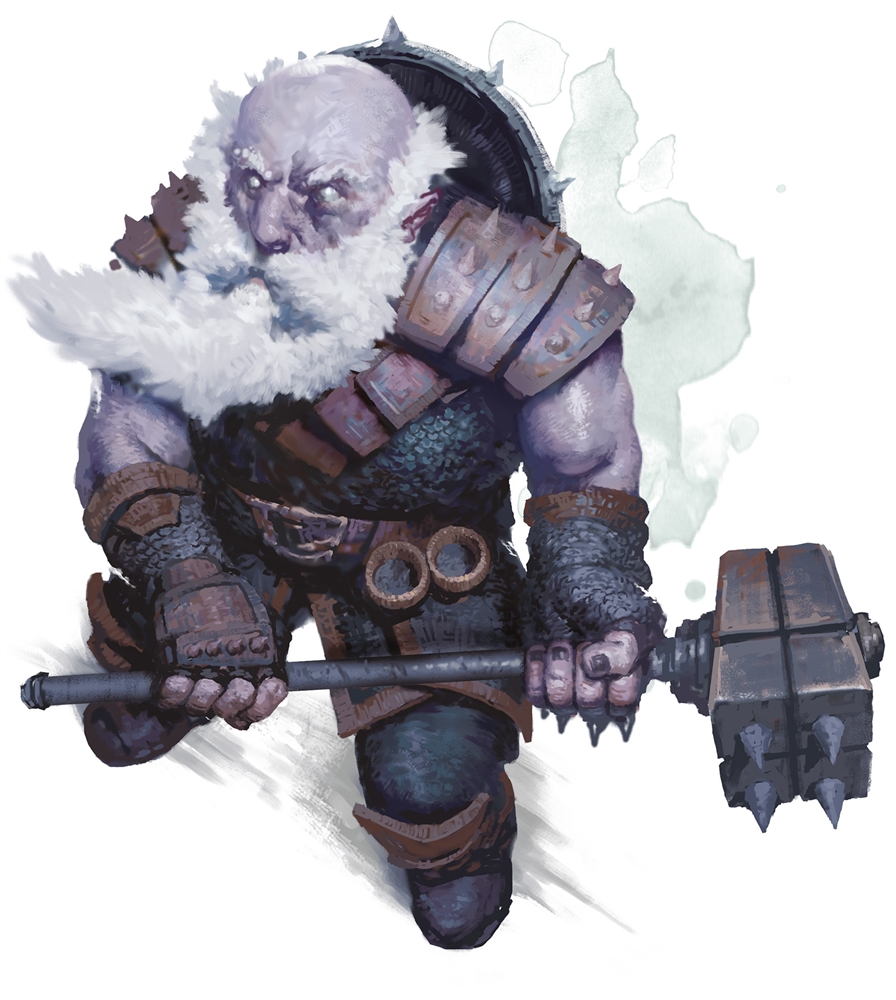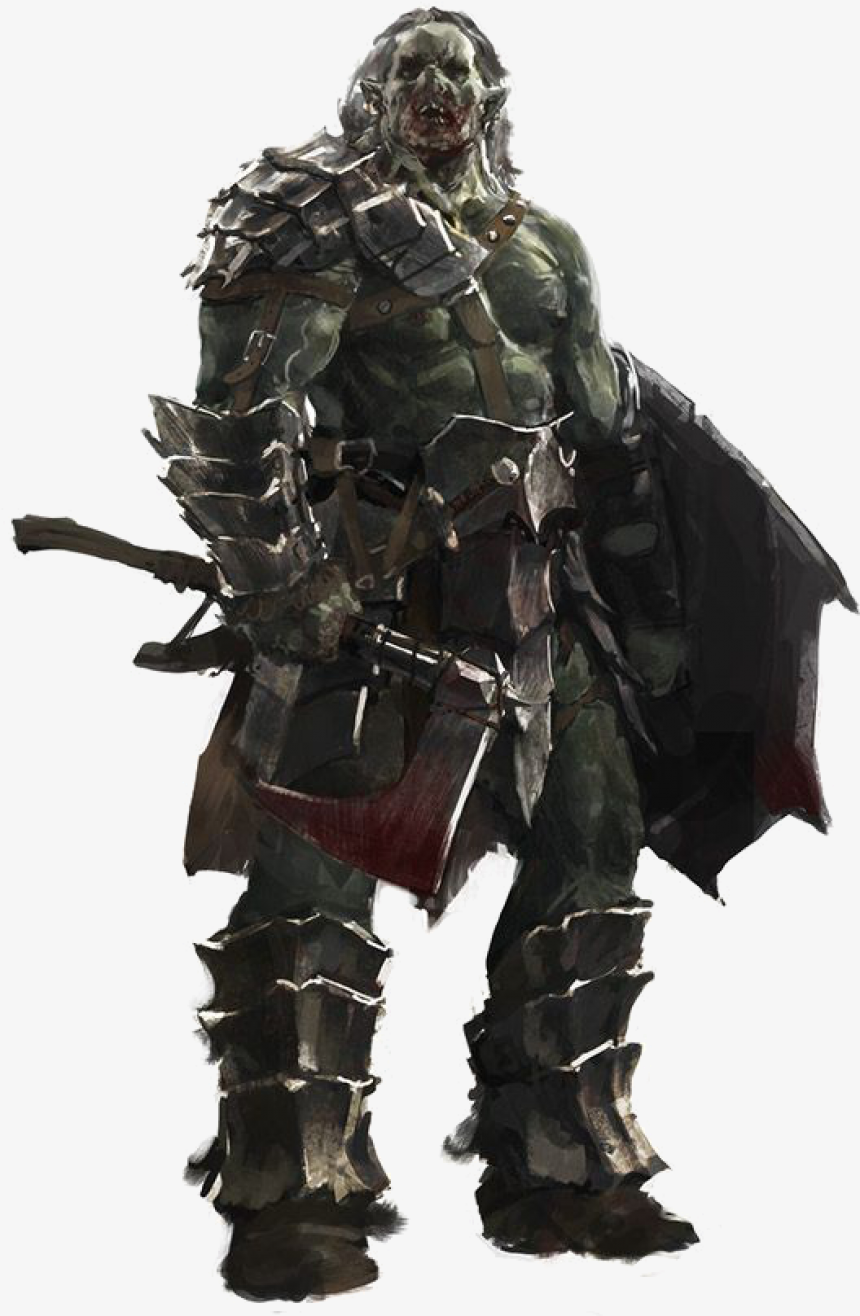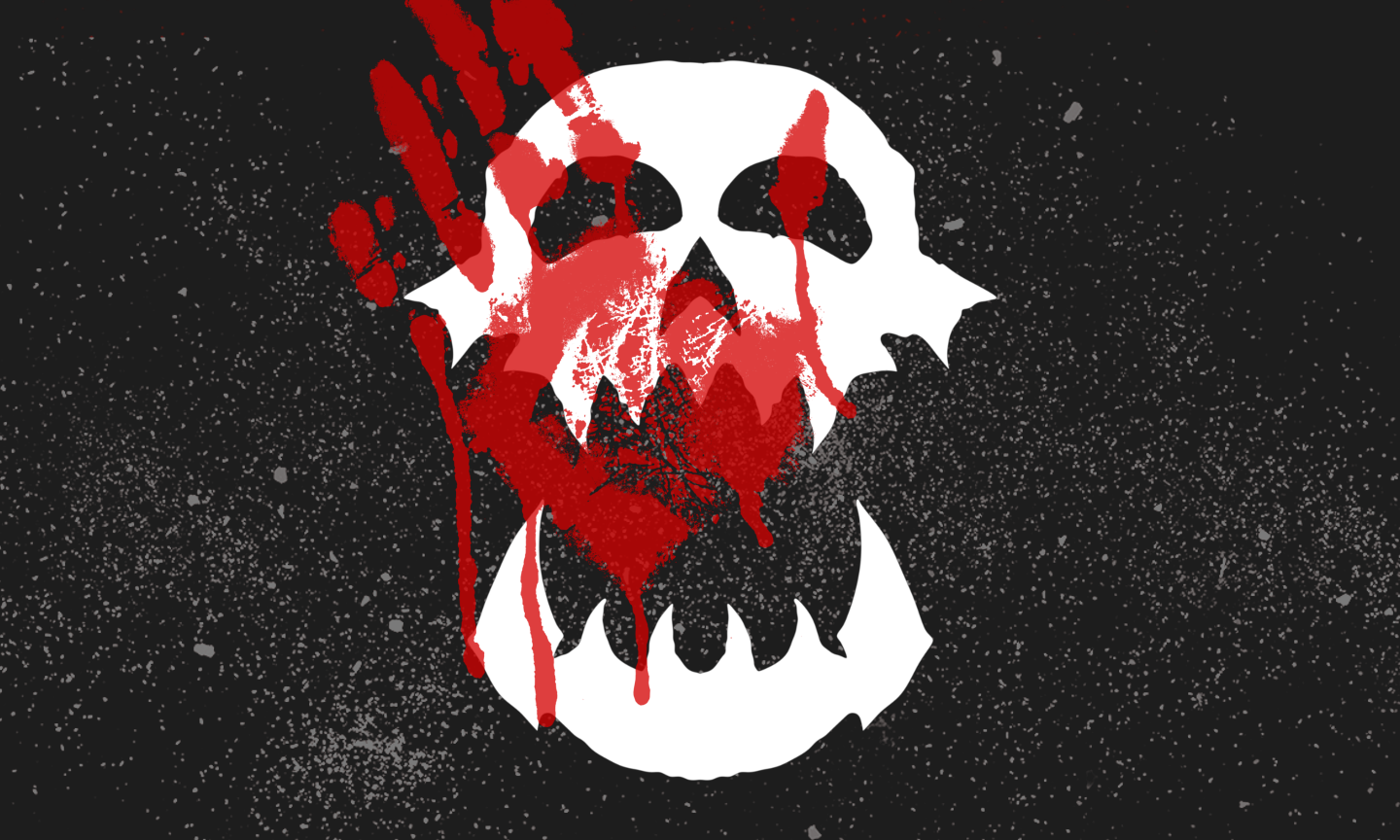Introduction
The world of Alendia is constantly shifting and changing. Relationships of different nations and factions might change within the blink of an eye. This article shall help to give an overview of the current standings in Alendia. Different nations will get a short introduction and the detailed articles will be linked to it too.
The Nornurii were a result of a left-behind expedition to the north in 7010 b. BF. In 6936 b. BF, the Nornurii declared their independence from the Empire, which resulted in war. Eventually, in 6399 b. BF, the Nornurii were able to prevail their independence. Since Nornurii live close to giants and due to some potential intercourse, these humans are very tall and reach heights of half-giants. Nornurii are seen as very defensive, strong, and wise, freedom-loving humans, who were able to withstand the cruelty of the Empire.
In 2005 b. BF, the first successful revolution managed to reclaim huge territories in Durarin. The Empire was crumbling due to administration issues and lost control over the regions in Durarin, Tiakis, and the mountain ranges of Ephea. The humans from Freeland are a result of another revolution, not originating from elves or dwarves, but from humans who were upset with the cruelty of the Empire. The origin is said to be gatherings around 444 b. BF, which eventually resulted in the independence of the province Freeland in 259 b. BF. Humans from Freeland take really good care to be the exact opposite of humans from Lionstone and therefore, they were seen as freedom fighters and honorable creatures. However, nowadays, the general behavior of the king of Freeland slipped, and Freeland got more and more into criminal brutal activities like slave trading or torture. It is a well-known fact, that the population of Freeland suffers from the iron cruel rulership of the king of Freeland.
In the same sense, the behavior of the humans from Lionstone changed. In 0 BF, Emperor Friedrich Brimstone falls to his death from a fortress and with his son Lawrence Brimstone claims the throne of humans, leading the Empire into an era of peace, restoring the good image of humans.
For further details, please check out the History of the Humans.
If you're interested in the history of Nornurii or people from Freeland, check out the History of the Nornurii or the Rise of Freital.
For further details, please check out the History of Lusitania.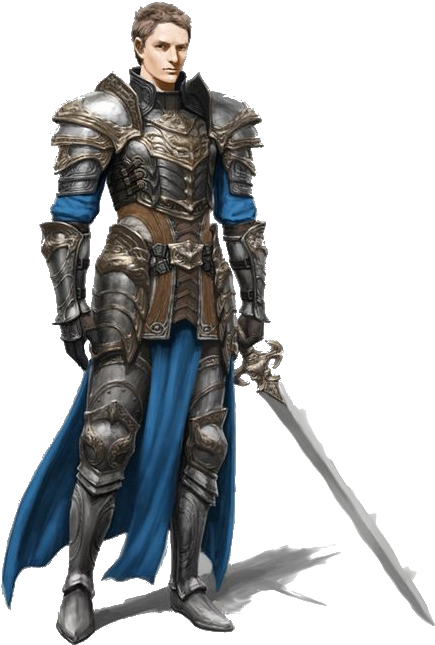
Elves are often seen as wise, beautiful, magical but also arrogant people. Unlike Humans or Drow they are seen as rather calm and defensive creatures.
In 7914 b. BF, The Human Empire invaded western Durarin and subjugated the elven factions, assuring them military help against the drow in exchange for territory, money, and resources. Only in 2005 b. BF, after the great elvish revolution, the elves were able to reclaim their independence.
For further details, please check out the History of the Elves
The reputation of the drow is bad due to slavery and torture integrated into their society. They are master-murderers and assassins and are actively avoided by all other non-drow-like creatures.
For further details, please check out the History of the Drow
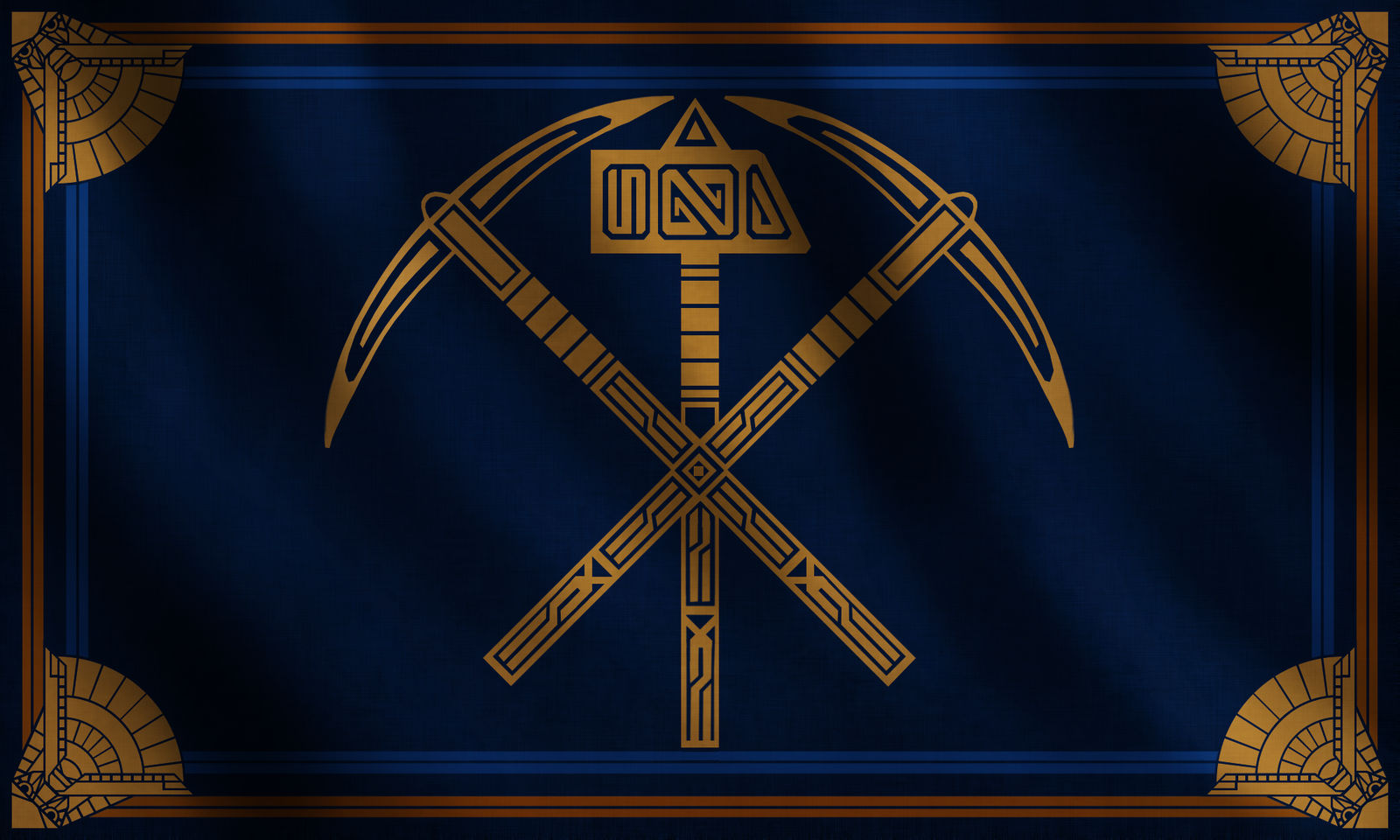 The flag of the Dwarven Confederation shows two crossed pickaxes and a golden hammer on blue background. The corners are decorated with traditional dwarven helmets.
The flag of the Dwarven Confederation shows two crossed pickaxes and a golden hammer on blue background. The corners are decorated with traditional dwarven helmets.
Humans
Humans are one of the most common creatures in Alendia. They can be found on almost all continents, however, due to differences in culture, religion, climate, and neighbors, humans can be very different from each other. The most common division is based on geography:Epheans
Epheans describes all humans living on the continent Ephea. The territory controlled by humans in Ephea is divided into 42 different provinces, where 40 of them are part of The Human Empire and two of them are independent provinces. The two independent provinces are Freeland and Nornuria. Therefore Epheans are often distributed further into Humans of Lionstone (this includes all humans from the 40 provinces belonging to the Empire), Humans from Freeland, and Humans from Nornuria also often called Nornurii.History
Epheans were the first humans in Alendia and were created by Rondra in 9819 b. BF in Ephea. The continent was filled with many hostile and dangerous creatures and it took a long time until the humans were able to expand rapidly. They fought the Orcs in many different wars and skirmishes, slowly gaining control over the western parts of Ephea. In the north, they fought The Elder Dragon Fire and defended their territory against it. Humans made good allies with the Dwarves and some Elves from Durarin. In 9053 b. BF, the human monarchy was formed under King Secular, which included about 10 provinces at this point. In 7914 b. BF, King Barkun breaks all peace treaties and alliances, leading the Human Kingdom into long-lasting war. Due to this betrayal, Epheans or Humans, in general, were seen as brutal, aggressive traitors by creatures of other races. Until 7361 b. BF, the Human Kingdom, which was renamed into The Human Empire grew rapidly up to over 30 different provinces. Since the humans were unable to conquer territory from dwarves and orcs, they focussed on expanding to other continents, which eventually led to the discovery of the continent Lusitania. The humans conquered and settled the continent, which is said to be the birth of the Lusitanians. But the expansions of the humans went much further, claiming territory from elves in Durarin, from dwarves in Ephea, and even from dragonborn in Tiakis.The Nornurii were a result of a left-behind expedition to the north in 7010 b. BF. In 6936 b. BF, the Nornurii declared their independence from the Empire, which resulted in war. Eventually, in 6399 b. BF, the Nornurii were able to prevail their independence. Since Nornurii live close to giants and due to some potential intercourse, these humans are very tall and reach heights of half-giants. Nornurii are seen as very defensive, strong, and wise, freedom-loving humans, who were able to withstand the cruelty of the Empire.
In 2005 b. BF, the first successful revolution managed to reclaim huge territories in Durarin. The Empire was crumbling due to administration issues and lost control over the regions in Durarin, Tiakis, and the mountain ranges of Ephea. The humans from Freeland are a result of another revolution, not originating from elves or dwarves, but from humans who were upset with the cruelty of the Empire. The origin is said to be gatherings around 444 b. BF, which eventually resulted in the independence of the province Freeland in 259 b. BF. Humans from Freeland take really good care to be the exact opposite of humans from Lionstone and therefore, they were seen as freedom fighters and honorable creatures. However, nowadays, the general behavior of the king of Freeland slipped, and Freeland got more and more into criminal brutal activities like slave trading or torture. It is a well-known fact, that the population of Freeland suffers from the iron cruel rulership of the king of Freeland.
In the same sense, the behavior of the humans from Lionstone changed. In 0 BF, Emperor Friedrich Brimstone falls to his death from a fortress and with his son Lawrence Brimstone claims the throne of humans, leading the Empire into an era of peace, restoring the good image of humans.
For further details, please check out the History of the Humans.
If you're interested in the history of Nornurii or people from Freeland, check out the History of the Nornurii or the Rise of Freital.
Lusitanians
Lusitanias describes all humans living on the continent Lusitania. Lusitania is divided into the following eight different countries: Oberland, Middenland, Unterland, Rauland, Brackland, Mootland, Südland, Rondrarien. All eight countries belong to the The Human Empire and are therefore subordinated to the Ruler of the Empire.History
The first Lusitanians were humans crossing the sea from Ephea to Lusitania and conquered and settled the continent. In 7409 b. BF, Epheans invaded the continent and quickly subjugated the native population. In 7253 b. BF, Lusitania was split into different colonies, administered by humans, the so-called Lusitanians. For a very long time the colonies served as supply for The Human Empire but in 4386 b. BF, the Empire decided to give the colonies more freedom, reshaping them into more or less sovereign countries. Those countries were still part of the Empire and were equally treated like the 40 provinces of Ephea. Such political independence quickly resulted in civil wars and alliances between different countries, however, all countries always stayed true to the Empire. In 2005 b. BF, all countries agreed on founding a council, the Council of the united countries of Lusitania (COUCOL). This foundation was the key to the persistence of the Empire in times of countless revolutions. Compared to Epheans, Lusitanians are seen as rather emotional and energetic.For further details, please check out the History of Lusitania.

Ephean by Fabiano Meli
The Human Empire
As mentioned above, the Human Empire is the government and organization including almost all regions controlled by humans. The two exceptions are the provinces Freeland and Nornuria. Officially it existed from the 1st of Talvin 9053 b. BF up to this day. Currently, it is the largest empire in Alendia, stretching from the flatlands of Ephea to the colonies in Lusitania. Despite its name, many creatures of other races are part of the Human Empire, namely halfbreeds like half-elves and some half-orcs, but also elves, halflings, dwarves, and others. Due to its history, the Human Empire was a very hated organization and empire among many creatures. However, nowadays, the current ruler makes big efforts to restore the image of all humans and the Empire and to preserve worldwide peace.The ruler of the Empire
The current ruler of the Human Empire is King Lawrence Brimstone. He inherited the throne after the death of his father Friedrich Brimstone in 0 BF. The ruler of the Empire is the highest ruler of all humans (except Freeland and Nornuria).Tel-quessir
Tel-quessir (also often called Elves) are one of the oldest races of sentient creatures living in Alendia. They are sylvan-like creatures and it's assumed they're related to creatures of the Feywild, a different plane of existence. The bloodlines of elves are rather fragile, which is the main reason for the existence of many elvish subraces. One of the subraces, the drow have distanced themself that far from other elves, that no one sees them as elves anymore. This allows the following division:Elves (Non-drow Tel-quessir)
The word 'elves' describes in general all kinds of elves and their subraces. The most prominent elfish subraces are Highelves and Woodelves. Both of them can be found on western Durarin, but also in other locations, almost all over all continents of The New World. While elves outside of Durarin either live in small tribes or integrated into the native society, elves in Durarin live in six different factions: Casduin, Lonthrad, Horumasto, Esteljhi, Aendari, and Morthyr. The ratio of highelves and woodelves is not equal and can differ a lot, depending on the faction. While highelves are rather known to live a civilized structured life in fortified cities, comparable to Humans, Woodelves prefer to live in a more natural habitat, possibly even without any sign of civilization. Despite the different lifestyle, both kinds of elves get along with each other really well and intermingle in their factions. All six factions are joined in the Elven Alliance, an organization for defense and cooperation. The factions are ruled by noble leading elven families and aristocrats.Elves are often seen as wise, beautiful, magical but also arrogant people. Unlike Humans or Drow they are seen as rather calm and defensive creatures.
History
In 16359 b. BF The Mother created elves as her champions to fight the chaos. They settle in Durarin and reinforce their position, achieving major victories over the chaos until finally banishing it in 16341 b. BF. With the banishment the chaos unleashed its champions, The Elder Dragons, leaving the elves to fight them. In 15117 b. BF, the elves manage to imprison the Decay, one of the dragons in northeastern Durarin. During the years of war, the elves discovered the differences between them and the drow, which eventually led to a split up. The Elves settled on the western part of Durarin, the drow in the east. In 14998 b. BF, the elves fought the giants in the Carval-War, resulting more or less in a draw in 14830 b. BF. In 14732 b. BF, the drow declared war on their former brothers. A government was needed and since the noble elves had the most influence, they took over the lead of elves. The war between elves and drow did not stop for more than a few years, both sides were unable to make too much progress at some point. But the elves used the brief respites to advance their research in technology and magic.In 7914 b. BF, The Human Empire invaded western Durarin and subjugated the elven factions, assuring them military help against the drow in exchange for territory, money, and resources. Only in 2005 b. BF, after the great elvish revolution, the elves were able to reclaim their independence.
For further details, please check out the History of the Elves
Drow
The word drow describes the kind of Tel-quessir who don't see themself as elves anymore. Initially, drow and elves lived among each other, but due to physical differences, corruption, and other global reasons, drow and elves drifted apart, eventually resulting in a raging civil war. Drow are also often called Darkelves, because of their dark skin and elven-like appearance. Drow live in eastern Durarin and in the Underdark, a gigantic cave system below the surface. Comparable to the elven factions, the society of the drow is split into 5 different houses. These houses rule over their controlled territory. But opposite to their elvish brothers, drow always compete with each other, especially in different houses might get into very rough conflicts, competing for superiority and influence. Initially, each noble drow family founds a house and tries to gain as much power as possible. Many of these houses did not prevail and currently, only 5 different houses are powerful enough to claim and hold territory. These five houses are House Duri, House Mullala, House Sbatjss, House Bellarpassa, and House Tathryn. An important thing to mention is the cruel society of the drow. They live in a brutal matriarchy based on slavery, war, and torture.The reputation of the drow is bad due to slavery and torture integrated into their society. They are master-murderers and assassins and are actively avoided by all other non-drow-like creatures.
History
Just like elves, drow were created by The Mother in 16359 b. BF and fought against the forces of chaos and the Decay, one of The Elder Dragons until 15117 b. BF. The drow moved to eastern Durarin, splitting up from the elves, and took over the task to guard the Mahlstrom and the prison of the Decay, both powerful places filled with chaotic corruption. Elves and drow thought the drow would be able to withstand those corruptions, however, eventually in 14732 b. BF a civil war between them erupts. The leader of the drow, a nobleman called Ariil built 12 towers around the Mahlstrom and tried to control and channel the power of chaos to use it against the elves. In 14728 b. BF one of these towers was shattered by an elf called Lauden, resulting in an outburst and overcharge of channeled magical power, eventually erupting into a giant explosion. Ariil himself died from that explosion and with him hundreds of thousands of drow and even more. The explosion of the Mahlstrom was one of the greatest catastrophes in the history of Alendia. In the following 20 years, various drow tried to regain control over the shattered Empire of the drow. In 14705 b. BF, Duri, the wife of Grecur assassinated her husband to claim the throne, leading the drow into a new society, the Matriarchy of the Drow. In 14664 b. BF, the drow discovered the Skuttles, swarms of rat-like creatures living in huge caves and undercities below the cities of the drow. The drow subjugated and enslaved the skuttlers, forcing them to build the Underdark and helping out with their problem of overpopulation. Other than that, the history of the drow mainly consists of war against elves and little to no interactions with anything else. Only sometimes, when conflicts within different houses grow so far to result in an inner political war, the drow arranged short periods of peace with the elves to focus on that issue. The major inner political wars are called Throne-Wars.For further details, please check out the History of the Drow
The Elven Alliance
Comparable to The Human Empire, the six factions of elves forged the Elven Alliance. It is responsible to make geopolitical decisions in the name of all elves. Additionally, the Elven Alliance sets a rough frame of laws and rights of all elves living in Durarin.The leader of the Elven Alliance
The Elven Alliance is administered by the elven council and its president. The council contains 29 seats, occupied by rulers or envoys of the six factions. The number of seats in the council can be very different due to the different influences and importance of some factions. The council elects a president, the 30th member of the council, who has to be from an elven legacy and is not part of the current elven council. The current president is a highelf called Agaon Aeasandaral, who is a descendant of one of the most famous generals in the history of elves.Dwarves
Dwarves, also called Stout Folk, is a very common humanoid race. They live in mountains and hilly terrain on all continents within The New World. The origin of the dwarves is unclear, however, people suspect a potential relation with giants or even Elves. Usually, dwarves live in giant cities inside of mountains or hills. Roughly, dwarves can be distributed into three major subraces: Mountain dwarves also known as shield dwarves, Hill dwarves also known as gold dwarves, and Duergars also known as gray dwarves.
The differences between the three subraces are not too marginal, except the Duergars. In general, mountain dwarves are a little larger than hill dwarves and live in the southern and northern regions of the ephean mountains. It is said, that mountain dwarves were the original dwarven subrace, and other races just developed due to intercourse and climate conditions.
Hill dwarves are said to be just a little smaller than mountain dwarves in general. Such differences are almost impossible to indicate for non-dwarven creatures and even the dwarves themself don't care too much about these differences. Hill dwarves live in the eastern and western edges of the mountain ranges, but also the center.
Duergars look very different from other dwarves. Their skin is grey, comparable to Drow. They live in the deepest spots of mines and caves and just rarely come to the surface. Duergars are by far the rarest dwarven kind out of the three major subraces. Inside the mines and caves, Duergars often have to find monsters and aberrations like mind flayers, which is the reason, why Duergars are often distrusted.
There are more dwarven subraces, for example, arctic dwarves or wild dwarves. However, those dwarves often live far from civilization and just mind their own business.
In general, dwarves are seen as very defensive, traditional, stoic, wise, and unflinching, but also resentful and grumpy.
Dwarves are known to be exceptional miners, architects, and discoverers. Around 10900 b. BF, they discovered adamantine, and in 8 BF gunpowder was discovered by dwarves.
For further details, please check out the History of the Dwarves.
Hill dwarves are said to be just a little smaller than mountain dwarves in general. Such differences are almost impossible to indicate for non-dwarven creatures and even the dwarves themself don't care too much about these differences. Hill dwarves live in the eastern and western edges of the mountain ranges, but also the center.
Duergars look very different from other dwarves. Their skin is grey, comparable to Drow. They live in the deepest spots of mines and caves and just rarely come to the surface. Duergars are by far the rarest dwarven kind out of the three major subraces. Inside the mines and caves, Duergars often have to find monsters and aberrations like mind flayers, which is the reason, why Duergars are often distrusted.
There are more dwarven subraces, for example, arctic dwarves or wild dwarves. However, those dwarves often live far from civilization and just mind their own business.
In general, dwarves are seen as very defensive, traditional, stoic, wise, and unflinching, but also resentful and grumpy.
History
The dwarves appeared around 13200 b. BF. in the ephean mountain ranges. Around this time, war was raging between giants and dragons, but the dwarves stayed out of it, preparing for the worst. Eventually, they joined the fight and were able to establish a dominating position until 10000 b. BF. Their controlled territory stretched over the northern, western, eastern, and central mountains of Ephea. Around 10000 b. BF, the Orcs invaded the southern mountain ranges and the dwarves declared war, conquering the southern mountains as well. The dwarven clans were united in a confederation until the invasion of The Human Empire around 7900 b. BF. The dwarves lost control over the Howling Passage and the northern and southern clans were divided. Only in 2005 b. BF, the dwarves managed to reconquer lost territory and united once again.Dwarves are known to be exceptional miners, architects, and discoverers. Around 10900 b. BF, they discovered adamantine, and in 8 BF gunpowder was discovered by dwarves.
For further details, please check out the History of the Dwarves.
The Dwarven Confederation
The Dwarven Confederation is the largest alliance of Dwarves, including all eleven major dwarven clans of Ephea. The dwarven confederation serves a defensive, cooperative purpose, strengthening the bond between the different dwarven clans.The leader of the Dwarven Confederation
The current leader of the Dwarven Confederation is called Gruznumir Amberbrow, the king of the Silverbeards and all dwarves. The leader of the Dwarven Confederation is allowed to call unscheduled meetings and can impose penalties on clans, persons, or negotiators. The leader of the confederation has to determine his successor. If such a decision hasn't been made before the death of the current leader, the oldest duke of all dwarven clans automatically becomes the next leader.
Flag of the Dwarven Confederation by Aanker
Orcs
Orcs are one of the youngest races in Alendia. They are known to be very aggressive and martial. Most orcs live in Drakthirr. They have a very strong muscular build and their skin color ranged from a classical green over grey and black to brown and even red. The cultural differences of different subraces of orcs are almost non-existent. Orcs from Drakthirr live in one of six major so-called tribes: The Eternal Slayers, The First Blades, The Shade Legion, The Shade Legion, The Ruthless Skullbreakers, and The Grim Demons. In general, orcs are seen as aggressive, brutal creatures with a lack of empathy and diplomacy.History
The history of orcs is characterized by war and chaos. Their origin is unknown, yet it seems they might be related to Elves and monsters like minotaurs and it is estimated that orcs arrived in Alendia around 10000 b. BF. The orcs have declared war on every nation or race they have encountered so far, including:- Dryads (discovered in 9994 b. BF, war declared in 9700 b. BF and 7986 b. BF)
- the Dwarves (discovered and war declared in 9981 b. BF.)
- the Humans (discovered in 9810 b. BF., war declared in 9766 b. BF. and 2715 b. BF.)
- Monsters (constant status of war)
- the Hobgoblins (discovered and war declared around 3800 b. BF)

